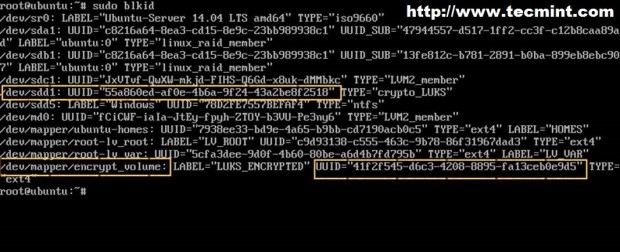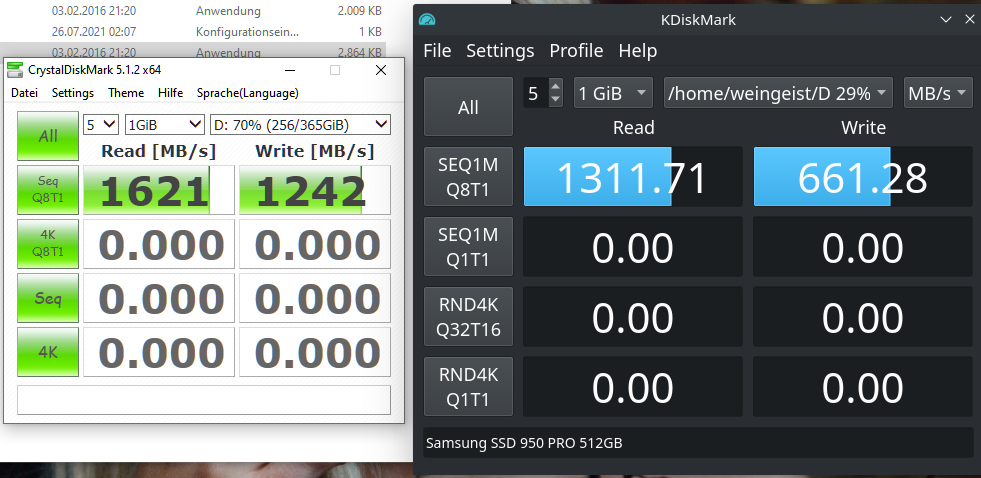
- #Ntfs 3g etc fstab how to
- #Ntfs 3g etc fstab install
- #Ntfs 3g etc fstab Pc
- #Ntfs 3g etc fstab windows
#Ntfs 3g etc fstab Pc
Jul 23 20:39:22 pc systemd: rvice: Deactivated successfully. Jul 23 20:39:22 pc systemd: Stopped Remount Root and Kernel File Systems. Jul 23 20:39:22 pc systemd: Stopped Create System Users. Jul 23 20:39:22 pc systemd: Stopped Create Static Device Nodes in /dev. Jul 23 20:39:22 pc systemd: Stopping Monitoring of LVM2 mirrors, snapshots etc. Jul 23 20:37:46 pc kernel: BIOS-provided physical RAM map: Jul 23 20:37:46 pc kernel: signal: max sigframe size: 2032 Jul 23 20:37:46 pc kernel: x86/fpu: Enabled xstate features 0x1f, context size is 960 bytes, using 'compacted' format. Jul 23 20:37:46 pc kernel: x86/fpu: Supporting XSAVE feature 0x010: 'MPX CSR' Jul 23 20:37:46 pc kernel: x86/fpu: Supporting XSAVE feature 0x008: 'MPX bounds registers' Jul 23 20:37:46 pc kernel: x86/fpu: Supporting XSAVE feature 0x004: 'AVX registers'


Jul 23 20:37:46 pc kernel: x86/fpu: Supporting XSAVE feature 0x002: 'SSE registers' Jul 23 20:37:46 pc kernel: x86/fpu: Supporting XSAVE feature 0x001: 'x87 floating point registers' If you have any questions please don’t forget to comment out.Jul 23 20:37:46 pc kernel: microcode: microcode updated early to revision 0xf0, date = Now your Linux system will mount the NTFS drive automatically at boot time. Open /etc/fstab with an editor: # nano /etc/fstabĪnd add the line: /dev/sdb1 /mnt/ntfs ntfs-3g defaults 0 0Īgain, replace /dev/sdb1 with the device name that matches your setup. To mount the NTFS partition permanently, add the following line to the /etc/fstab file. The mount point will exist until reboot or until you unmount it with: # umount /mnt/ntfs You have to replace that with the device name of your NTFS partition. In this example, my NTFS partition is the device /dev/sdb1. Now we can mount the NTFS partition by running this command: # mount -t ntfs-3g /dev/sdb1 /mnt/ntfs Once installed, we create a directory where the NTFS drive shall be mounted: # mkdir /mnt/ntfs FUSE module is included in the kernel itself in version 2.6.18-164 or newer.
#Ntfs 3g etc fstab install
Next, install and load FUSE driver to mount detected devices with below command.

Once EPEL is installed and enabled, let’s install ntfs-3g package using the below command with root user. # yum -y install epel-releaseĮPEL (Extra Packages for Enterprise Linux) is a Fedora Special Interest Group that creates, maintains, and manages a set of additional high quality packages for Enterprise Linux, including, but not limited to, Red Hat Enterprise Linux (RHEL), CentOS and Scientific Linux (SL), Oracle Linux (OL). Run the following command as root user on t he shell to enable the EPEL repository. Enable the EPEL repositoryįirst you need to enable EPEL ( Extra Packages for Enterprise Linux) Repository.
#Ntfs 3g etc fstab windows
It provides safe handling of Windows NTFS file systems viz create, remove, rename, move files, directories, hard links, etc. NTFS3G is an open source cross-platform, stable, GPL licensed, POSIX, NTFS R/W driver used in Linux.
#Ntfs 3g etc fstab how to
This tutorial will show you how to mount an NTFS drive ina read/write mode on CentOS and other RHEL based Linux operating systems with ntfs-3g driver. By default most Linux distributions are not able to mount NTFS, however it is possible to install a driver that allows us to do this so that we can read and write data to an NTFS disk. The New Technology File System ( NTFS) is a proprietary file system created by Microsoft and is used extensively in Microsoft’s Windows operating systems.


 0 kommentar(er)
0 kommentar(er)
